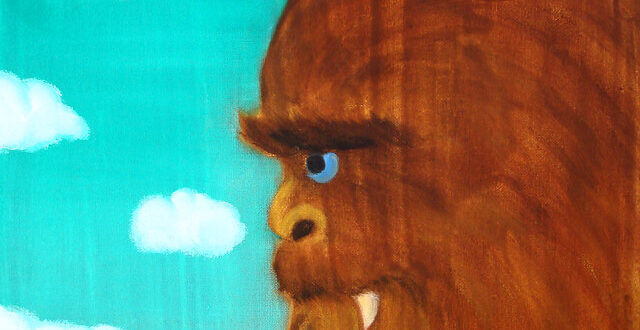Sasquatch Folk-Lore: Origin Of Bigfoot In Different Cultures
The legend of the Sasquatch, also known as Bigfoot, goes back hundreds of years. However, it has only come into the mainstream in the last couple of hundred years. The Sasquatch legend has been a part of Native American culture for centuries. However, the rest of the world and other cultures only came to know about it once European immigrants came to the “New World” and saw the creature for themselves. Ever since then, people living in North America and other parts of the world have been wondering if Bigfoot exists or if the creature is just a myth.
Native American Culture
The Algonquian Native Americans have an origin story for the Sasquatch, or at least a story involving the Sasquatch. This Sasquatch was a female, and she was called Yeahoh. Yeahoh lived in a cave by herself, and that’s where she slept and stored her food. One day a lonely and hungry traveler was walking around the forest when it was raining. He was looking for shelter and came across Yeahoh’s cave, not knowing that she was there. He noticed the food in her cave, and the Sasquatch didn’t seem to care if he ate some or not. The only thing she ever said was, “Yeah.”
The man cut off a piece of the meat and started a fire to cook it. Yeah oh had never seen a fire before, and the flames entranced her. When she saw the man eating the cooked food, she gestured to ask for some. In turn, the man gave her some. Yeah oh loved the taste of cooked meat so much, and the man needed food and shelter, so the two of them struck up a deal. Yeah oh would hunt and gather the food, and the man would cook the food.
This arrangement went on for some time, and the two became more than friends and eventually had a half-human, half-Sasquatch, baby together. Eventually, the man got lonely and craved his old life, so he escaped the cave and went on to live the rest of his life separated from Yeahoh.
How Did Native Americans Apply The Legend Of Bigfoot?
The Native Americans used the term Sasquatch to describe this beast most of the time, but the term “Bigfoot” was coined by newspapers around 1958, much later than the term Sasquatch was used. To this day, the two terms are still interchangeable, Sasquatch being the proper name and Bigfoot being more of a nickname.
Above is just one of many Sasquatch legends that the Native Americans told to each other. In all of these stories, the Sasquatch is described in much of the same way. Sasquatch, or Bigfoot, is usually described as a tall and hairy human-ape creature. It stands upright like a person but looks more like an ape.
Fully covered in brown fur, it is about seven to eight feet tall and is expected to weigh between 600 and 900 pounds if they are fully grown. These creatures are most regularly spotted in southern Canada and the forested parts of the northern United States.
Sasquatch is not to be confused with the Yeti comes in varying sizes, has light hair, and is only seen near the Himalayan Mountains.
Sasquatch Mythology: Summary
So what is this creature? Many people think that if it isn’t a hoax, then it must be a missing link between humans and apes. After all, it does have many characteristics that match both creatures. Other people believe that Bigfoot isn’t related to humans at all.
Instead, the animal could have evolved from something other than apes, and just by coincidence, it looks like it could be a person-ape mash-up. However, a formal evaluation of the creature’s heritage could not be figured out unless it was captured.
For centuries man has been trying to catch the elusive Sasquatch. Even in today’s world, many people believe in this creature. Others are even still trying to catch it and prove its existence. What do you think? Is Bigfoot real and among us, or is it simply an old legend or a hoax?
 Sun Signs Everything Under The Sun!
Sun Signs Everything Under The Sun!
